Budapest-based design student Barbara Bernát came up with a rather clever project for her master’s thesis at the University of West Hungary: a flora and fauna-inspired concept for the Hungarian euro (which does not currently exist). As Bernát’s fictional bills increase in value, so does their size—along with the size of the wildlife represented. (You’ll get a lizard for five Euros and a deer for 100. Flip them both over and you’ll go from grass to oak, respectively.)
When embarking on her project, Bernát decided to imitate an old technique for printing banknotes that’s still in process today, a method called intaglio printing. Though the aesthetic here is more stripped down than most actual currency—and thus seemingly easier to counterfeit—the concept’s security feature is the best part, revealing the skeleton of each animal under UV light.
Click through the gallery to get a closer look at one of the coolest thesis projects in recent memory.
(h/t This is Colossal)
Images used with the permission of Barbara Bernát. Photography by Richárd Kelemen.











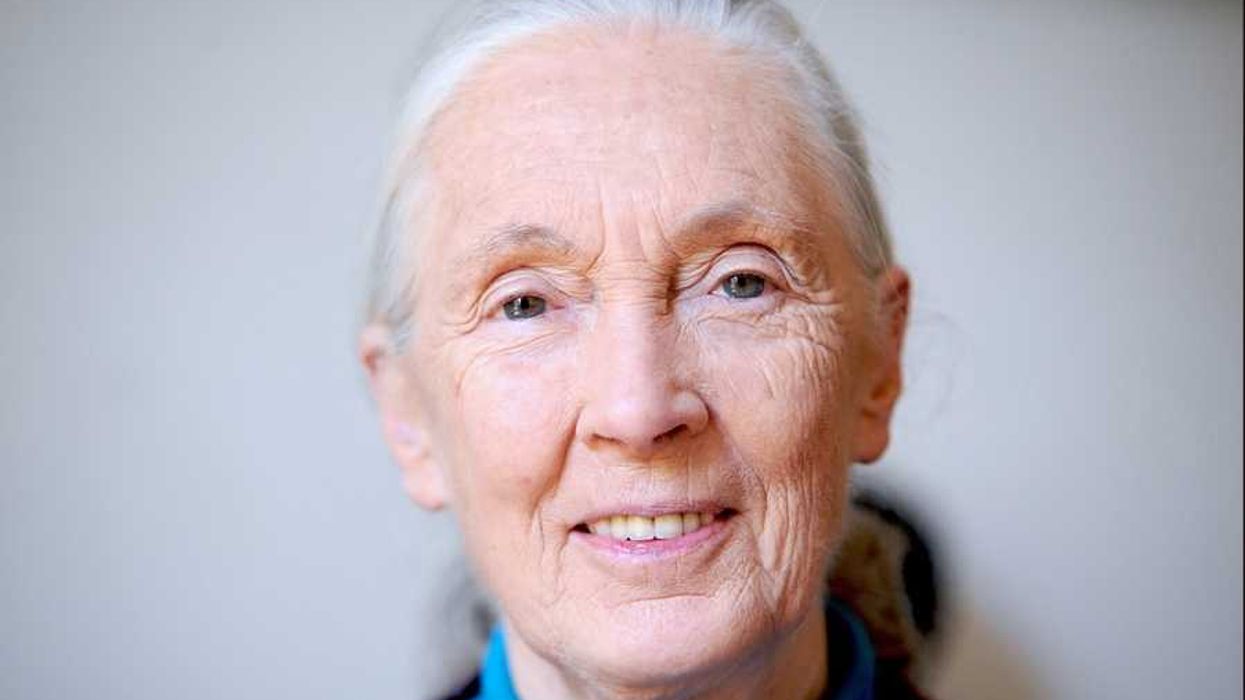
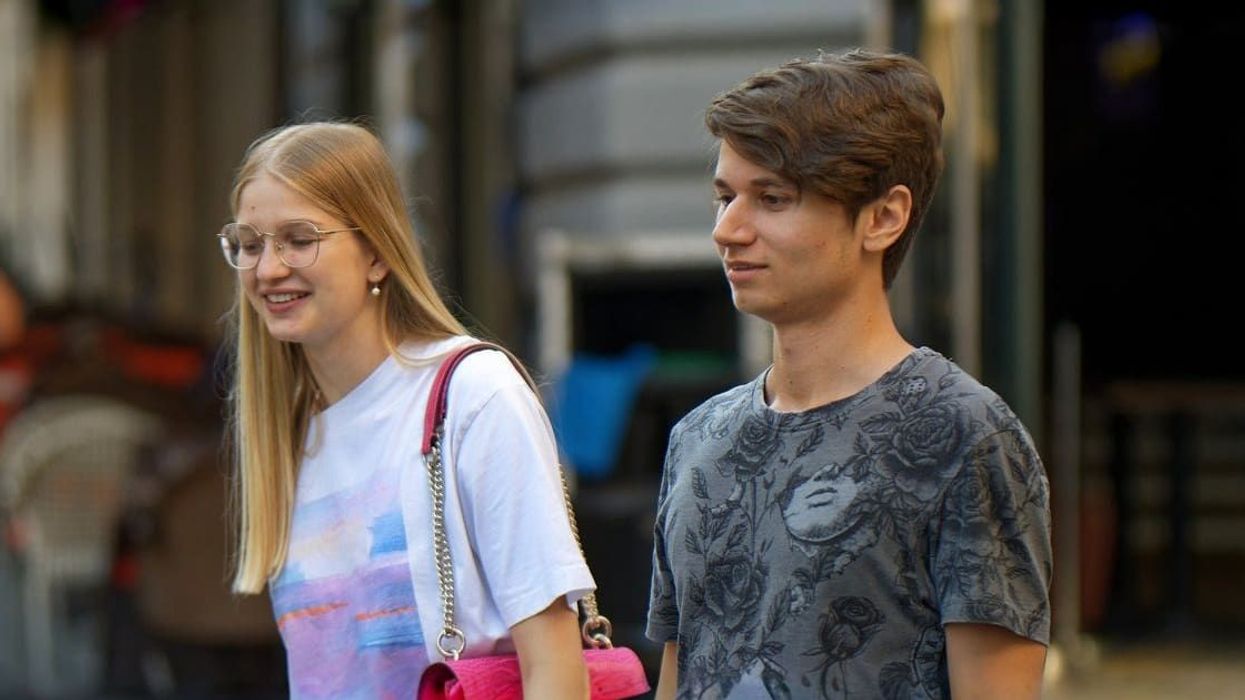


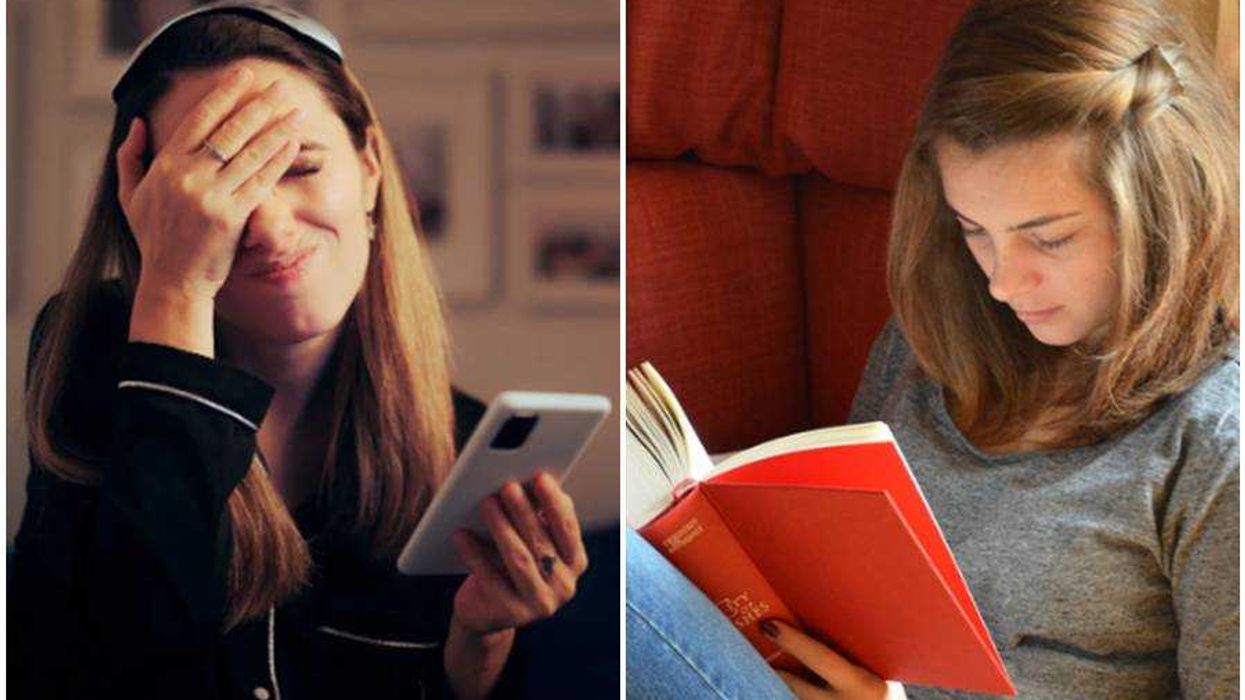
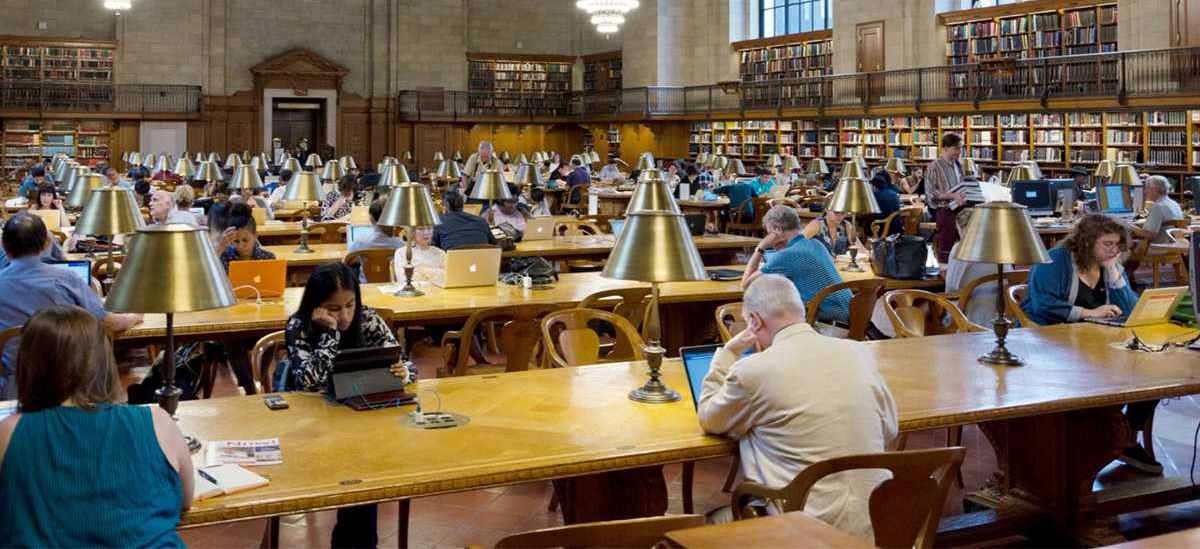 People at a public library.Image via
People at a public library.Image via  Father and child making origami together.Image via
Father and child making origami together.Image via  Woman takes a bath.Image via
Woman takes a bath.Image via 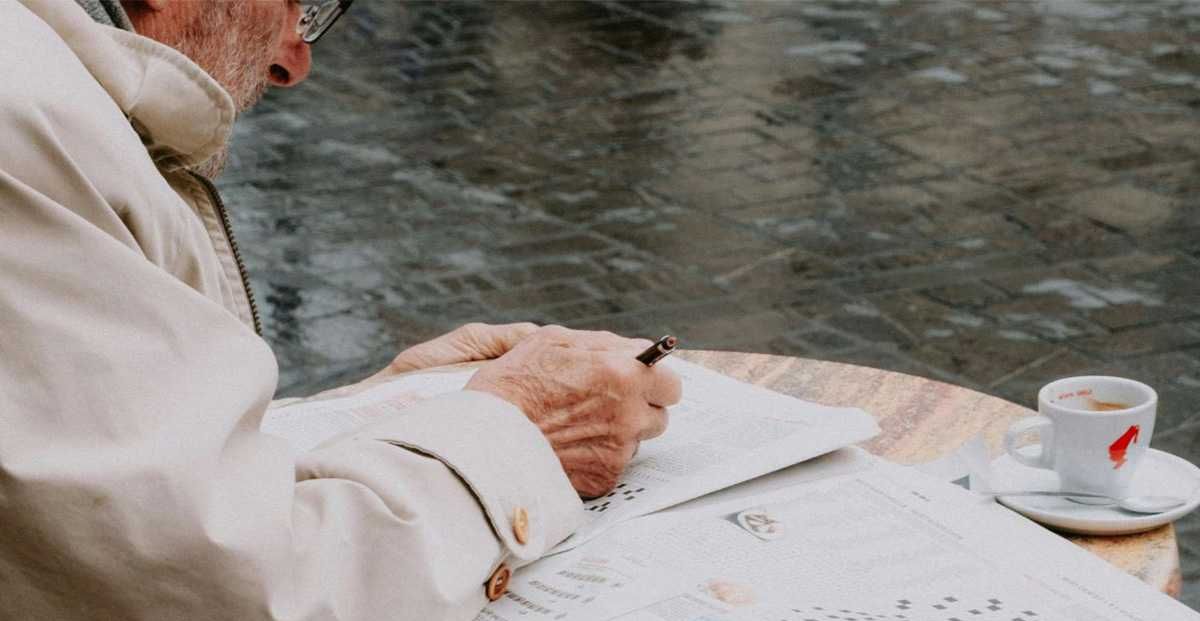 Older man solving newspaper crossword on a street table.Image via asdf - Photo by Mathias Reding
Older man solving newspaper crossword on a street table.Image via asdf - Photo by Mathias Reding Happy seniors ride bikes.Image via sdf - Photo by Syda Productions
Happy seniors ride bikes.Image via sdf - Photo by Syda Productions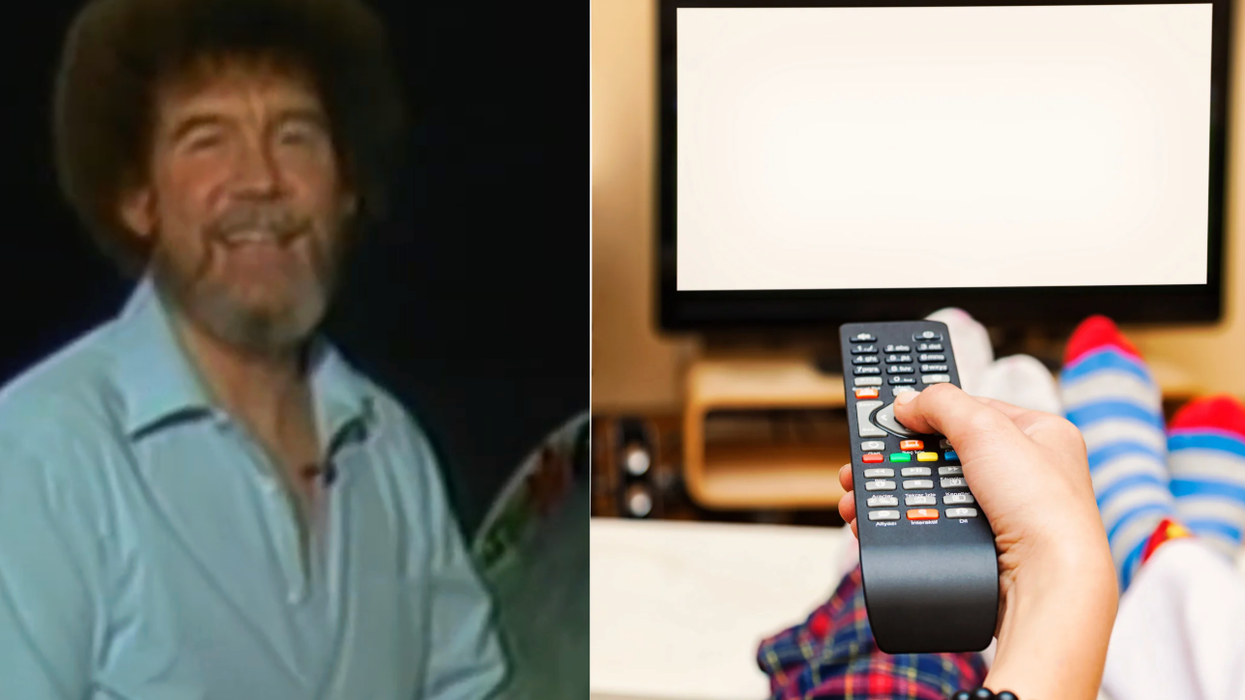



 Men practice mindfulness overlooking the cliffs and ocean.Image via
Men practice mindfulness overlooking the cliffs and ocean.Image via  Man smiles at dusk.Image via sss - Photo by ridofranz
Man smiles at dusk.Image via sss - Photo by ridofranz
 People chat on a video callCanva
People chat on a video callCanva A parked school busCanva
A parked school busCanva

 A woman relaxes in the woodsCanva
A woman relaxes in the woodsCanva A neuroscientist studies brain scansCanva
A neuroscientist studies brain scansCanva Gif of someone saying "I'm okay. I can do it" via
Gif of someone saying "I'm okay. I can do it" via 